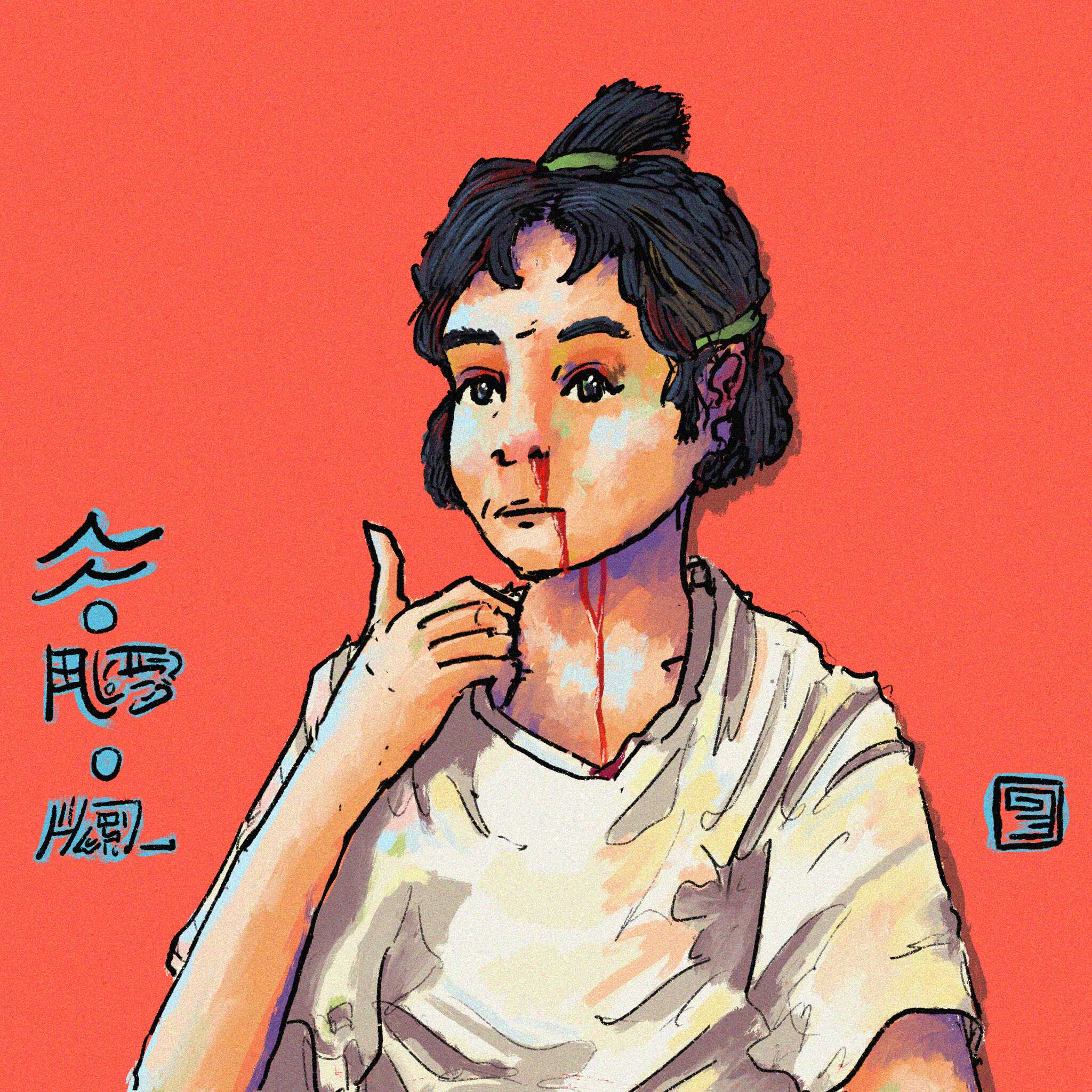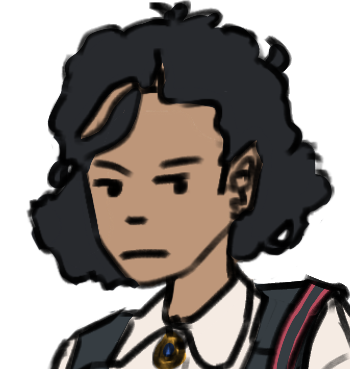NEW Story: Cocktail
The Principles of "Human Decay"

This article is not part of Vekllei canon. It may be old, obsolete or just a bit of fun.
Talking about utopia in landscape is easy — Vekllei is a glittering midcentury paradise that fosters human life as a wonderful dream.
Talking about utopia in character is much harder. How can you find utopia in flawed and sometimes unattractive human beings? By what metric is the vague, intuitive values of a utopia measured against a living person?
In Upen, the nondenominational animism of Vekllei, there is the living principle of Dumousiantopet: “beautiful and seperate”. This is a modernist reconciliation of Vekllei’s striking, symmetrical and clean Newda architecture school with Upen’s otherwise modest and naturalistic principles. This makes fine sense for cities and towns, in which the triumphant and monumental nature of Vekllei architecture is at odds with Vekllei’s efforts to deindustrialise through post-scarcity, but it also applies to human beings, as natural objects, in society. In Vekllei, architecture is not adapted to its environment, but built in spite of it, as recognition of Vekllei’s human-centric worldview.
Simultaneously, however, Vekllei is a land and people deeply linked with their surrounds, in which purpose and value is drawn from their landscape and nature is an intrinsic part of life. Dumousiantopet does not mean the domination of nature by human construction, but to exist together in segregation of their different systems of beauty.
Hence the concept of ‘Human Decay’, or Lemdisiandan, a system of human beauty that warps intuitive Western principles (the symmetrical woman, the rational man, the healthy boy, the cute girl, and so on) and worships instead decay, which in Vekllei is a positive natural process that unites all life, including landscape and human beings. Where Vekllei might build a utopian city to last a thousand years, human beauty is acknowledged to be far less eternal; it is in fact fleeting, at once suspended in a single moment and returning slowly to absence, or ‘nothingness’. In Vekllei, it it this process (and how it manifests) in which beauty is found. It is the evidence of life; the symptoms of living; the detail of imperfections in human beings that validate their place on Earth.
A worn shirt, windswept hair, sweat on your brow — small images of dignity and history in how a person talks and carries themselves.
So how does this manifest? Here is Tzipora Lo Ula Desmoines, a girl who suffers from Gregori-Heitzfeld Syndrome. She is a perfect example of character utopia:
- She is very shameful about her body and her thinness.
- She is angry at a lot of things and cannot let bad memories die.
- She suffers from hypertension after her childhood, and is terrified of dogs and loud noises.
- Bad dreams interrupt her sleep.
- She is distinctive but well-kept, productive but inward-facing.
- She is afflicted with nervous tics that manifest as shirt-pulling and nose-rubbing and has had them for many years. They appear involuntarily in nervousness and pointing them out to her will only increase their intensity.
- She has obsessions about clothing materials and the material composition of outfits, which can affect her emotionally (she cannot stand a wool skirt and rayon shirt, for example, intersecting). These bizarre principles include the proportion and length of items, and the tightness and looseness of clothes.
This list could go on and on to paint a very uncomfortable and invasive picture of an otherwise quiet and happy person, but these examples neglect the many wonderful things about her — her affection and good sense of humour, her humility and loyalty, and so on. But while these good things might be employed to counteract the bad to us, to a Vekllei person they would accentuate and complete a complex and positive picture of a girl touched by ‘human decay’, an ugly phrase in English that essentially refers to the sweet detail and intricacies that evidence the life of a person.
Human Decay does not glorify anxiety or mental illness — nor does it worship dirtiness for the sake of being dirty, or imperfection for being imperfect — but it does recognise the greatness in the texture and detail of human life. So it is that in Vekllei, splotchy birthmarks and soft skin alike are the characteristics of a beautiful person, and lend to a metric of beauty defined by storytelling and complexity.
A lot of how Tzipora would be remembered would be in the way she appeared in the person. She was a good-looking young teen-ager of quiet and unusual movements. As she became known to the wider public, her physical appearance would come to define her as both a phenomena and disability — a victim of blessings; a sweet child of cotton and gingham carrying on in the dark schism between teen-age impetuosity and the adult world of power. What a tragedy and miracle she was.Zelda, which was how she introduced herself among friends, was as intricate as she was indecipherable. She had her own internal logics; a unique carousel of intuition that marked her out as some unfortunate undamoispotet among other teen-agers. In conversation that stirred any emotion in her she was susceptible to spasmodic, defensive movements that distracted from her talking. Most frequently she would pull on her nose as if to wipe it, or reach for her shirt at the shoulder and adjust it. If she was particularly self-conscious, which could be brought on even by the spasms themselves, she would take hold of her shirt and keep her hand there, as though her thin girlish arms could shield her breast from judgement. She confided in her father that she did not like the tics. The more conscious of her imperfections she was, the more her idiosyncrasies flared. He asked her once how long she’d had them — the nose rubbings, the shirt pullings — and she said she couldn’t remember, but thought it might have been after she arrived in America. Which was possible, he supposed — trauma could bring on tics, even laymen knew that. If you spend a while with her, however, it becomes more obvious that her tics are symptomatic of a nervous, fidgety subconscious not cowed by the supposed tomboyishness of her movements — she jigs a leg, and run the back of her hand beneath her nose. Then, when she realises people notice those things and judge her for them, the same synchronistic hyperactivities became shirt-pulling and face-touching.
Thanks folks. Just a quick reupload of a concept I thought worked best here :)
